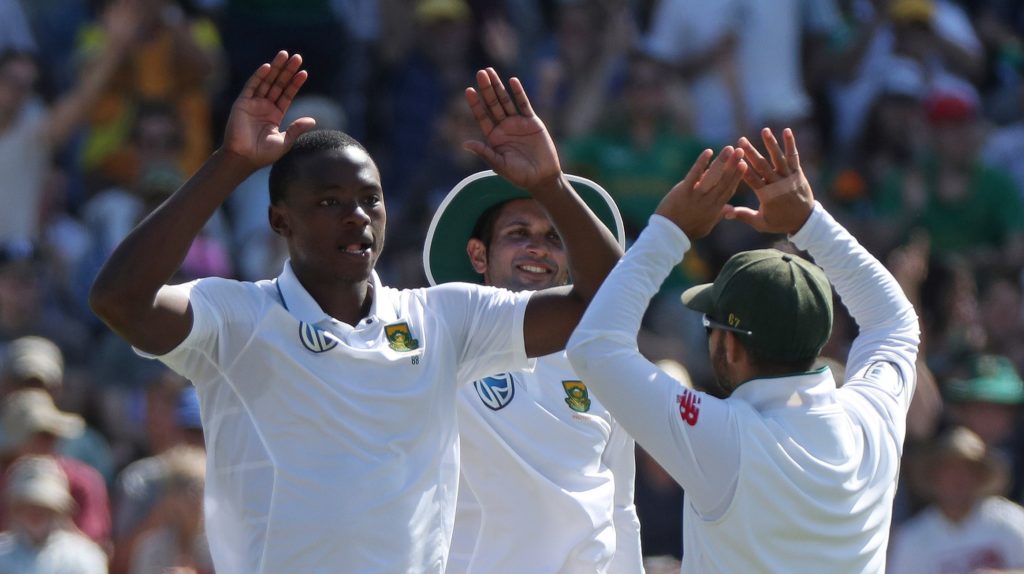As questions arise over the position of Temba Bavuma in the Test team, it’s worth remembering how far CSA have come.
Back in October, the Proteas completed a memorable ODI series whitewash of Australia. After the team’s 32-run win in the fifth and final match at Newlands, jubilant captain Faf du Plessis took a moment to make a strong statement that resonated throughout South African sports circles.
In light of the emergence of talented players of colour such as Andile Phehlukwayo, Tabraiz Shamsi and Bavuma, Du Plessis openly addressed just how the Proteas had embraced transformation and the targets set by CSA.
‘I think people will relax now and see that it’s not that bad,’ he commented. ‘People were expecting big changes and big series defeats, but they can see there is enough talent in South Africa no matter what colour you are.
‘We don’t see it as a negative. We always try and embrace it,’ he continued. ‘For me, the positive thing is that it’s open and there’s an honest policy out there now.’
Through those brief utterances, Du Plessis aptly summed up just how successful the Proteas have been in approaching a sensitive and often challenging subject with transparency and honesty.
To put matters in context, CSA unveiled transformation targets at the beginning of September, which require the national team to play an average minimum of 54% players of colour and an average minimum of 18% black African players in all formats over the course of the season.
It followed on from a directive for at least six players of colour to be included in domestic teams, with three of them to be black players.
Such strict targets around transformation inevitably drew mixed reactions from the South African sporting public, with many immediately jumping to the conclusion that set targets would impact negatively on performances.
However, the results have painted a different picture. With official targets serving to outline transformation imperatives in no uncertain terms, the Proteas have moved forward with clarity and a clear vision.
It stands in considerable contrast to the manner in which SA Rugby has battled to meet its transformation targets, which have been blighted by blurred lines. With the South African Rugby Union (Saru) and the sports ministry having entered into an agreement that aims to ensure all representative teams contain at least 50% players of colour by 2019, there is a plan in place, but the cooperation and execution of driving such transformation has failed to take effect at the desired rate of change.
As a result, back in April, Minister of Sport Fikile Mbalula served to expedite transformation efforts when he revoked SA Rugby’s right to host and bid for international tournaments after failing to meet its transformation targets.
At the time, Cricket South Africa also came under fire, but quick and decisive steps were subsequently taken, and the likes of Bavuma and Phehlukwayo have made full use of the opportunities handed to them.
Alongside them, paceman Kagiso Rabada has emerged as the new face of South African cricket, and continues to serve as an inspirational figure for young players of all colours, and from all walks of life.
Rather than resisting transformation, the Proteas have accepted it as a necessary demographic requirement in a unique South African landscape, and the end result is that no player can truly be belittled with the label of a ‘quota’ selection. They’ve embraced it.
Bravo to that.







